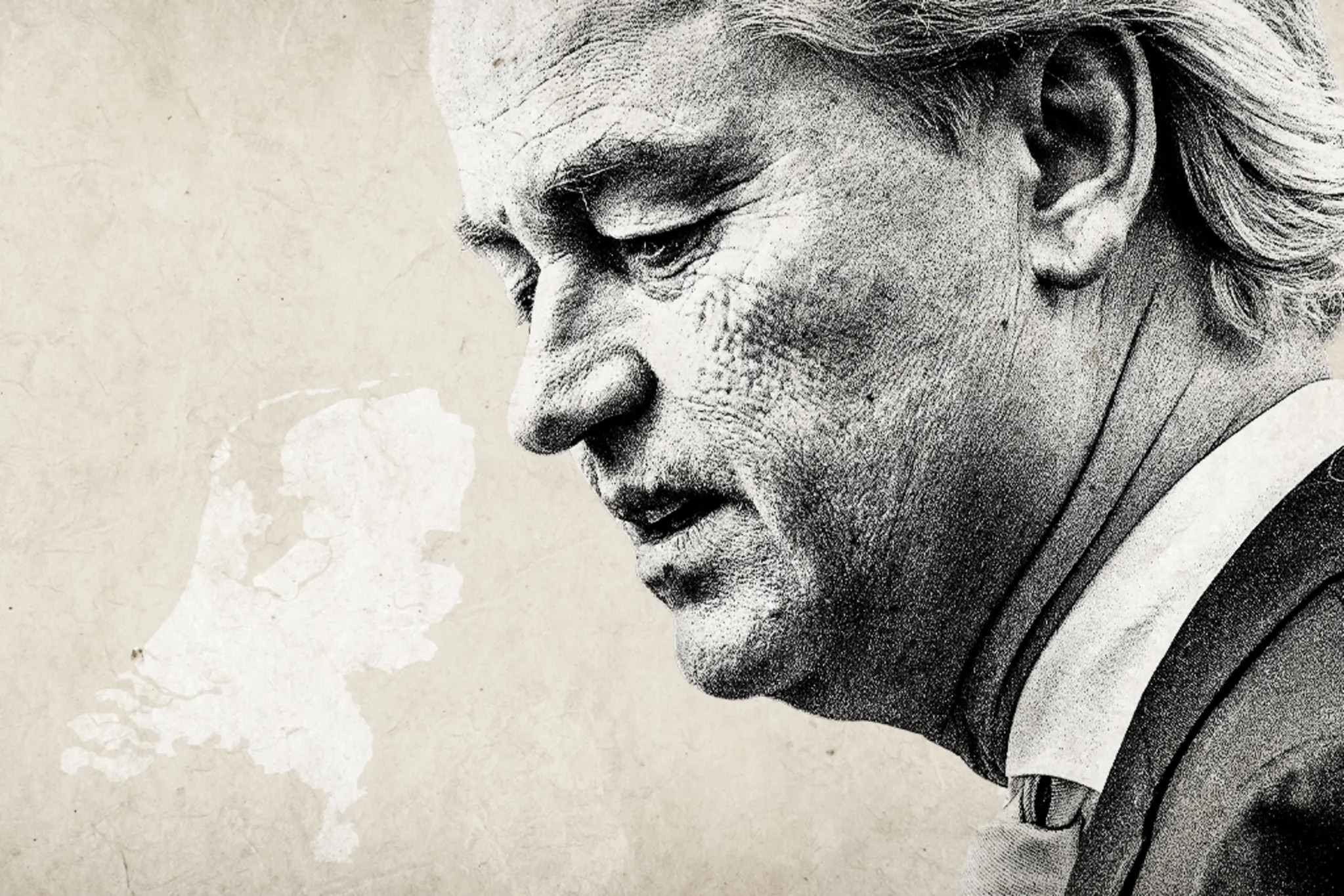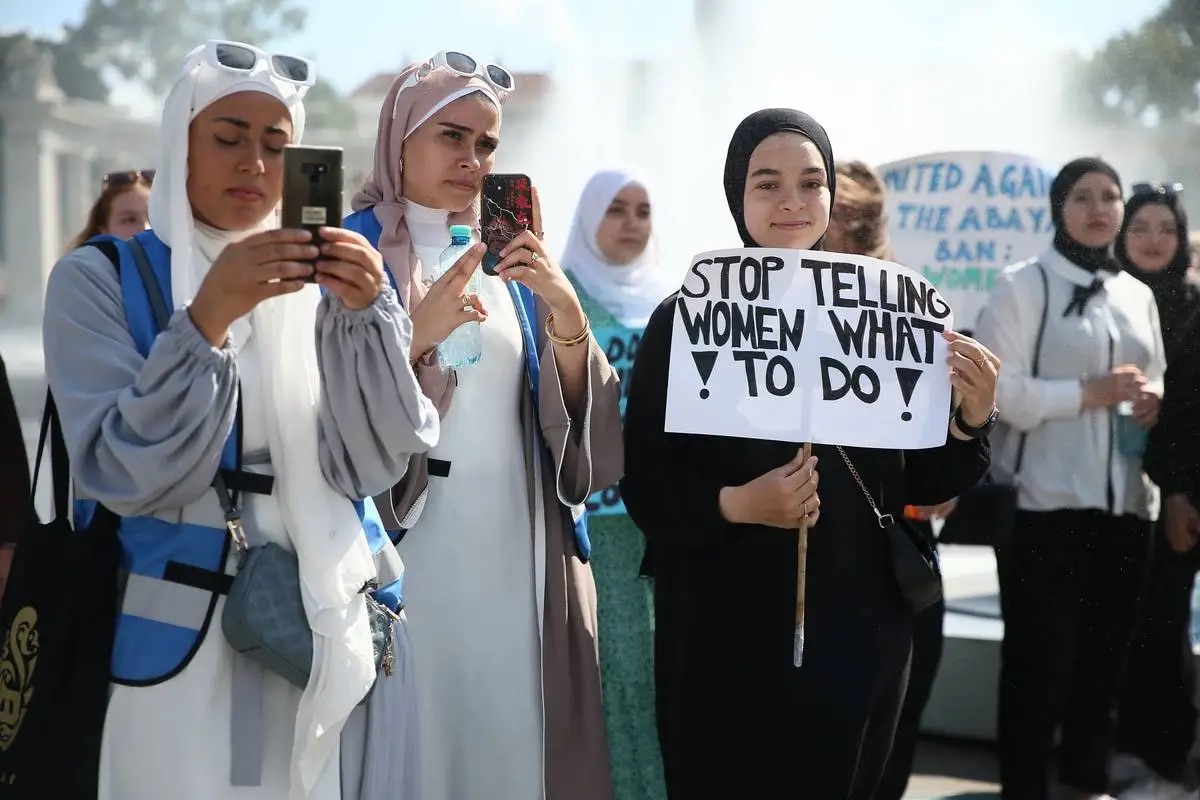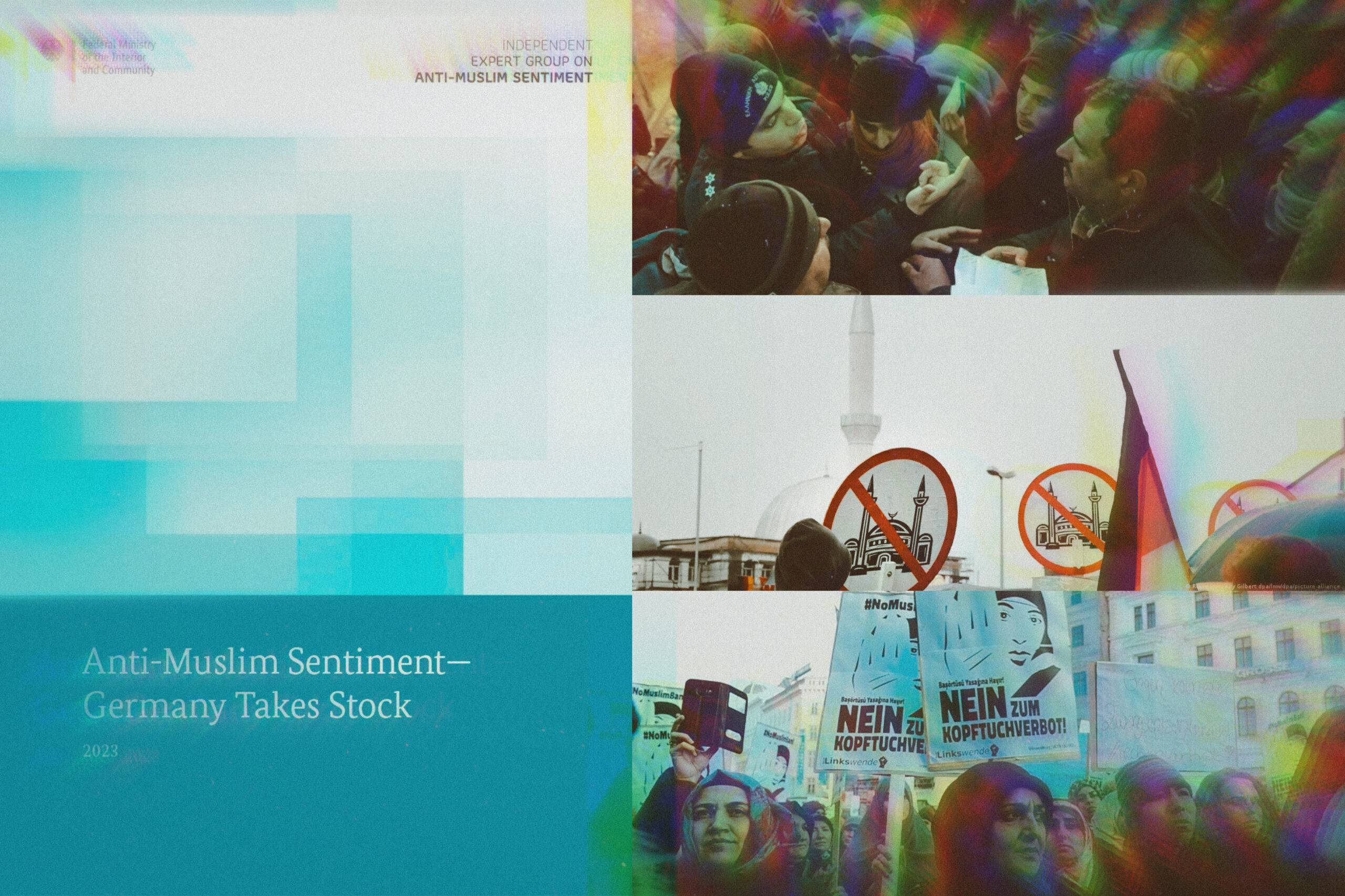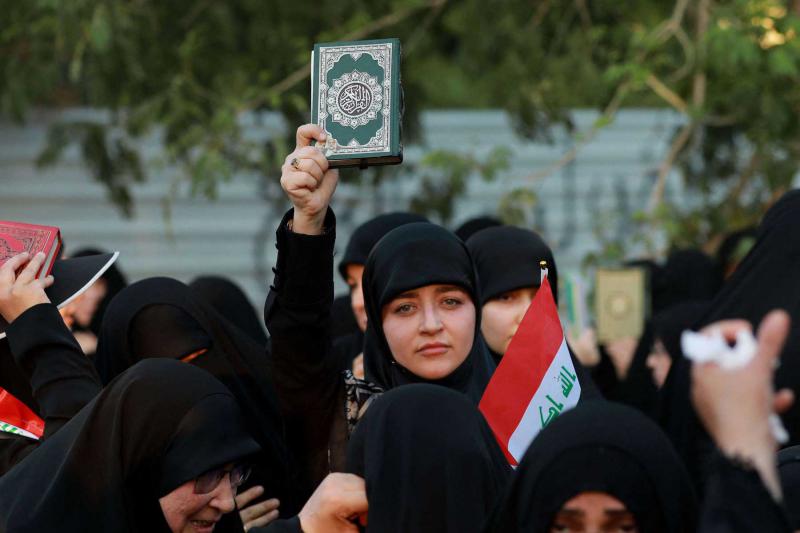In his article ‘Muslim Minority of New Zealand in Global Context; Demographic Perspective’ (in Journal of Muslim Minority Affairs (2017) 37(4) 511-518), Foroutan advocates a demographic and socio-economic study of New Zealand’s growing Muslim population that includes distinctions along lines of ethnic origin, rather than one that simply treats that section of the population as a homogeneous group – ‘Muslims in New Zealand’.
Primarily based on 2006 population census data, Foroutan writes that New Zealand’s Muslim population, which currently accounts for 1.0 per cent of the country’s population, will account for 2.0 per cent of the population by 2030. Currently, he writes, Islam is the third most highly represented minority religion in New Zealand, behind Hinduism (1.6%) and Buddhism (1.3%). Christians, unsurprisingly, comprise the majority religious group, accounting for more than half of New Zealand’s population, while those who identify with no religion accounted for 27 per cent of New Zealanders in 2001, 35 per cent in 2006, and 42.0 per cent in 2013.
The utility of Foroutan’s study lies in its acknowledgment of the nuances of New Zealand’s Muslim population that exist along ethnic lines. About 75 per cent of Muslims in New Zealand, for example, were born overseas – this pattern has essentially remained the same in 2001, 2006, and 2013. Foroutan identifies Fijian-born Muslims as accounting for the largest group of Muslim migrants to New Zealand, that being approximately one fifth of the country’s Muslim population. They are followed by Iraqis (8.0%) and Afghans (6.0%). In fact, 80 per cent of Muslims in New Zealand originate from these three countries, as well as Somalia, Pakistan, India, Iran, Bangladesh, Malaysia, and Indonesia. The remaining 20 per cent primarily originate from South Africa, Egypt, other parts of the Middle East, Turkey, England, Singapore, and Australia.
The median age of a Muslim in New Zealand is 25 years. This is significantly younger than that of Christians and Jews, which is 40 and 35 respectively. The median age of Muslims born in Iran, Bangladesh, Fiji, Iraq, India, and Indonesia, however, is 30, while the median age of Muslims born in Somalia, Pakistan, Malaysia, and Afghanistan is 20.
Foroutan also recognises that Muslims in New Zealand are, on the whole, more transient than non-Muslims. He writes that non-Muslims are relatively longer-term residents than Muslims, particularly those born in Malaysia and Pakistan. In fact, while 50 per cent of non-Muslim migrants born in the those two countries are long-term New Zealand residents, only 15 per cent of Muslims from those countries remain in New Zealand.
On the education front, about 22 per cent of Muslims in New Zealand hold a tertiary qualification. That group is, however, dominated by Bangladeshi and Indian Muslims, around half of whom hold a tertiary qualification. About one-third of Afghan and Somali Muslims have no qualifications, while one-third of Iraqi and Pakistani Muslims in New Zealand hold tertiary qualifications. Meanwhile, 25 per cent of Malaysian Muslims, 23 per cent of Indonesian Muslims, and 21 per cent of Iranian Muslims in New Zealand hold a tertiary qualification. At the other end of the scale, only one-tenth of Fijian Muslims are tertiary educated, while only five per cent of Afghan and Somali Muslims hold such a qualification.
Treated as a whole, however, a far greater percentage of Muslims hold tertiary qualifications than those who subscribe to Christianity or no religion at all. A quarter of Christians and more than one-fifth of people with ‘no religion’ in New Zealand have no qualifications, but this does not necessarily translate into employability. In fact, Christians and those of no religious persuasion in New Zealand are the most employed section of the population, closely followed by those of the Jewish faith.
On the other hand, population census data from 1996, 2001, and 2006, reveals that Muslims are the least likely religious group to be employed in New Zealand. Muslims, writes Foroutan, are three times more likely to be employed than Christians – 12 per cent of Muslims were unemployed in 2006, compared to 4 per cent of Christians. Furthermore, in 2006, Muslims held the lowest level of managerial and professional occupations in the country.
This proves Foroutan’s overarching point: Muslims in New Zealand should be studied by their ethnic origins – not just under the homogeneous moniker of “Muslims in New Zealand”.






